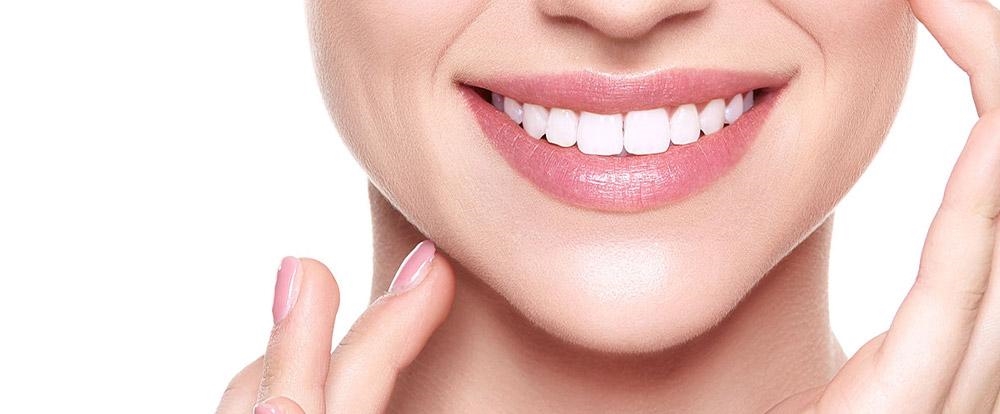Dental Cosmetics-Whitening

TEETH WHITENING
Teeth whitening is a cosmetic dentistry procedure performed on natural teeth. The active oxidizing agent penetrates the porosities of enamel and breaks down stain deposits. Continuous consumption of tea, coffee, red wine, or smoking stains teeth. Other than external coloration, using tetracycline-type antibiotics during childhood, excessive Fluor intake and enamel defects discolor teeth. Additionally, traumatized necrotic teeth change to darker colors.br> For effective bleaching, a clean, plaque-free tooth surface is a must.
Home Bleaching:
Bleaching trays are given to patients. Bleach is applied to those trays as described. The patient wears the tray for the recommended time according to the concentration (2-4 hours). The patient must brush his teeth before and after the application and avoid consuming coloring products during treatment. The disadvantage of home bleaching is the long term (about one month) needed for whitening, while the advantage is it's more affordable.
Office Bleaching:
The dentist applies high-concentrated bleach at the clinic. Gum is covered with a protective layer. Sessions are 45 minutes long, and the number is decided on the severity of the coloring. Quick results and further whitening (when the home method is inadequate) are the advantages of this method.
Endodontic Bleaching
Endodontic bleaching is performed on devitalized teeth that have undergone root canal treatment. In contrast to other methods, this brightens teeth from the inside out. Dentist-controlled whitening is not harmful to the teeth. Enamel does not wear off; coloring molecules are removed through enamel. Sensitivity in the following days is regular and temporary. Maintenance of light shade achieved depends on the patient's care. Bleaching does not change the color of composite fillings or porcelain.




















